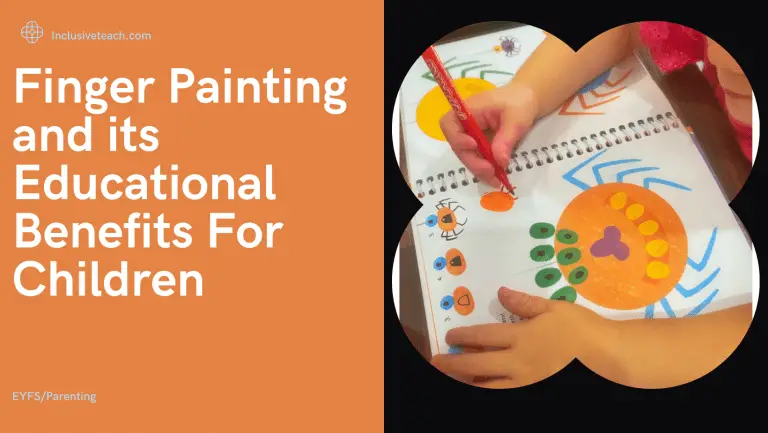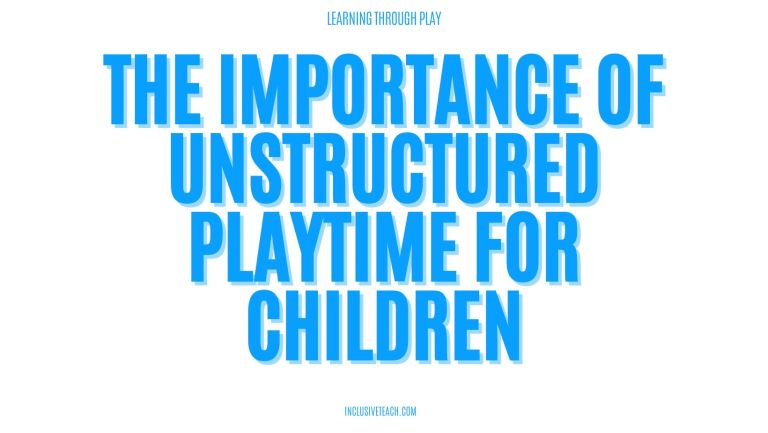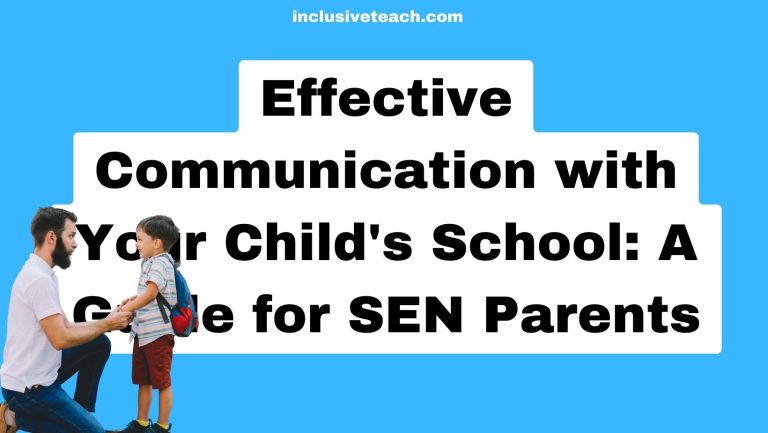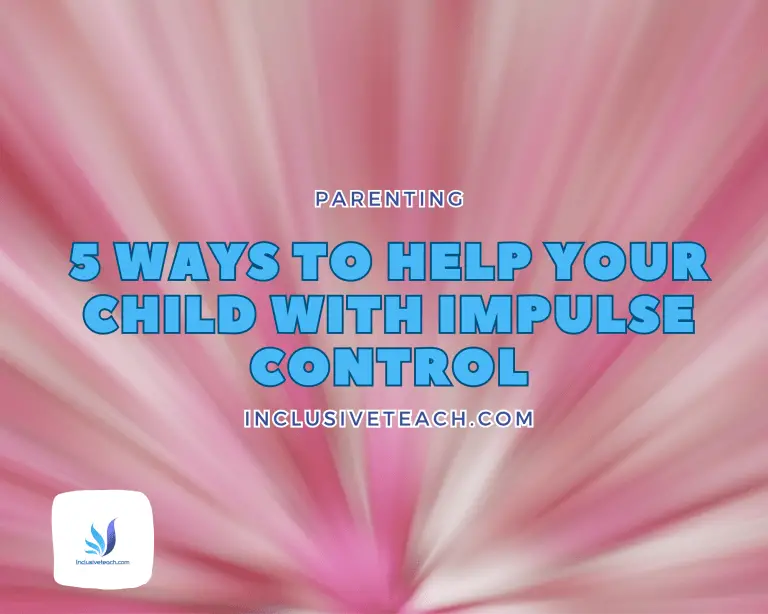Parallel Parenting: An In-Depth Guide for UK Parents
How to Make Parallel Parenting Work for You
When divorce or separation happens, the impact on children’s lives can be immense, especially if conflict continues between parents. Traditional co-parenting may prove difficult or even toxic in high-conflict situations. Parallel parenting offers an alternative arrangement to support children’s wellbeing when direct co-parenting is not working.
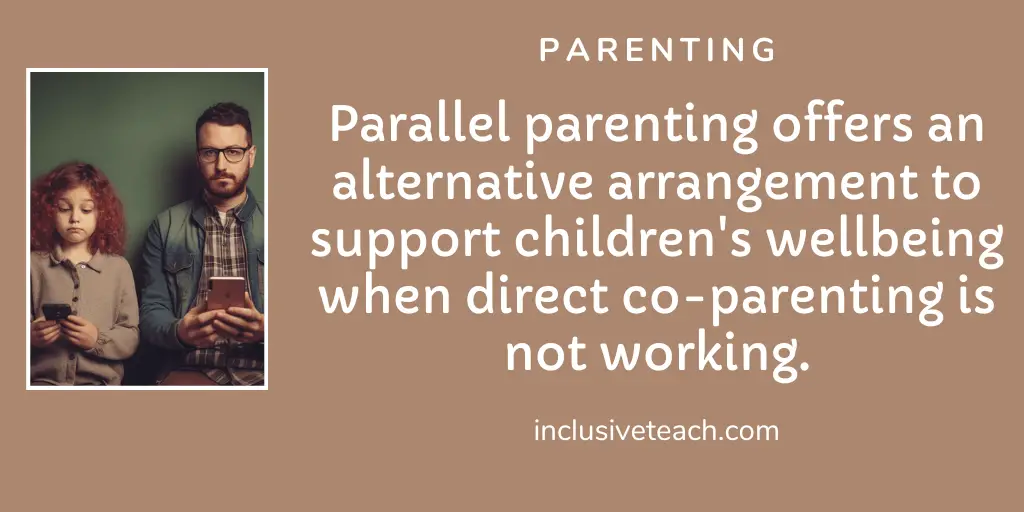
What is Parallel Parenting?
Parallel parenting is a strategy where separated parents have limited direct contact and interaction with each other in their co-parenting relationship. The parents make major parenting decisions independently and communicate only as needed, typically in writing.
With parallel parenting, both parents maintain complete relationships with their children while avoiding potentially stressful contact with each other. It allows parents who cannot cooperate effectively or communicate civilly to continue parenting their children separately.
Key Differences: Parallel vs Co-Parenting
In co-parenting, parents actively work together in making both day-to-day and major parenting decisions. They communicate frequently to align their parenting approaches across households and coordinate schedules and activities. The goal is a unified approach to raising the children.
Parents make day-to-day decisions on their own and consult each other only for major decisions when absolutely necessary. Communication is limited and focused solely on sharing important information about the children’s needs. It allows for independence for each adult.
Should I Consider Parallel Parenting?
Parallel parenting may be appropriate in high-conflict situations or cases involving domestic abuse. It can provide an alternative to drawn-out court battles over child custody. Parallel parenting may be recommended by mediators or the court to protect children from ongoing parental conflict.
Parallel parenting is an approach that allows divorced or separated parents to co-parent their children with minimal direct interaction. It is often used in high-conflict situations where communication between the parents is challenging and frequently escalates into arguments or power struggles.
In parallel parenting, each parent has their own set of rules, routines, and boundaries for the children, which allows them to avoid conflict and maintain a sense of control over their own parenting. This means that the parents operate independently of each other, making their own decisions regarding the children’s schedules, activities, discipline, and other aspects of parenting.
It is often considered a temporary arrangement until deeper underlying issues can be addressed and resolved through therapy or mediation. In some cases, however, this may become a long-term or even indefinite approach if the conflict between the parents remains high.
It is worth noting that parallel parenting does not mean completely cutting off communication between the parents. There may still be instances where direct communication is necessary, such as emergencies or important decisions that require both parents’ input. However, the goal is to limit the frequency and intensity of such interactions in order to create a more peaceful and stable environment for the children.
While parallel parenting can provide a sense of stability and structure for children in high-conflict situations, it is important to ensure that their well-being and emotional needs are being prioritised by both parents.
The Pros and Cons of Parallel Parenting
Potential benefits of parallel parenting include:
- Minimises conflict and stress between the parents
- Allows each parent to independently parent as they see fit during their time
- Promotes consistency and stability within each household
- Protects children from being caught in parental disputes
- Requires a level of connection and trust between parent and child.
Potential drawbacks include:
- Lack of communication can cause confusion for children if households have very different rules or expectations especially around screen time and bedtimes.
- Important decisions may be more difficult without collaboration
- May require relying on third parties like lawyers or mediators to exchange information
- Does not resolve underlying issues leading to conflict
Crafting a Parenting Plan
Creating a detailed parallel parenting plan can set clear expectations and boundaries to make this arrangement successful. Key areas to address include:
Parenting Time Schedule
- Dates, times, locations for exchanges
- Holiday schedules and expectations.
- Transport and transition procedures. Who does the drop offs and collections?
Communication Protocols
- Method, frequency, and purpose for communicating
- Limiting communication to just what is necessary
- Using email, text, notebook, or an app to document exchanges. Phone calls only if you are getting on well and the other parent is not controlling. You may need evidence of things in the future. You have split up you don’t need to tolerate abuse!
Decision-Making
- Dividing types of decisions (e.g. one parent handles education, the other health)
- Procedures for consulting on major decisions i.e school or nursery places
- Dispute resolution process
Household Rules and Expectations
- Guidelines for discipline, routines, responsibilities in each home
- Not interfering with the other parent’s parenting time with constant phone calls to your children. But answer theirs.
- Sharing important information about the children’s needs
Financial Matters
- Child support and other financial obligations. If this is causing stress seek to get something official in place.
- Paying for child-related expenses such as school uniform, glasses, phones etc can become tricky.
- Imbalance of financial resources. It may be the case one parent has significantly more money than the other. Big gestures, flashy presents can become an arms-race. Remember the other parent can spend their money how they like, as can you. Children will remember the time and attention you spent on them. A free trip to the park will make as many memories as a trip abroad. Trust me on this! Do not feel guilt if you can’t or don’t want to parent by splashing the cash.
Making Parallel Parenting Work
Parallel parenting can be challenging, especially at first. Here are some tips that can help make it more manageable:
- Be brief, polite, and businesslike in all exchanges. Avoid criticism.
- Follow the parenting plan consistently. Do not make last-minute unilateral decisions.
- Seek support when needed, like from a counsellor or parenting coordinator.
- Attend separate school events and appointments. Do not use the children as messengers.
- Reassure children they are loved by both parents and will maintain relationships with both.
- Be flexible when possible if the other parent’s request is reasonable for the children.
- Focus on meeting the children’s needs, not “winning” against the other parent.
With time, parallel parenting can allow conflict to cool down and communication to become more productive. If parents re-establish greater trust and civility, the arrangement could evolve into a more cooperative co-parenting relationship.
Getting Support for Parallel Parenting
Parallel parenting can be an effective way to reduce family conflict when direct co-parenting is not feasible. But the transition and new dynamics require adjustment. Useful support may include:
- Legal advice on creating an initial parallel parenting plan
- Parenting classes and counselling for reduced contact strategies
- Tools like Whatsapp to structure and record communications
- Talking to other single parents for practical advice and moral support
- Reassuring children they will maintain relationships with both parents
While presenting challenges, parallel parenting enables both parents to have close relationships with their children, while avoiding direct contact that triggers conflict. With planning and support, it can minimise stress and disruption for children as you continue your journey as a separated, blended or any other type of family.


